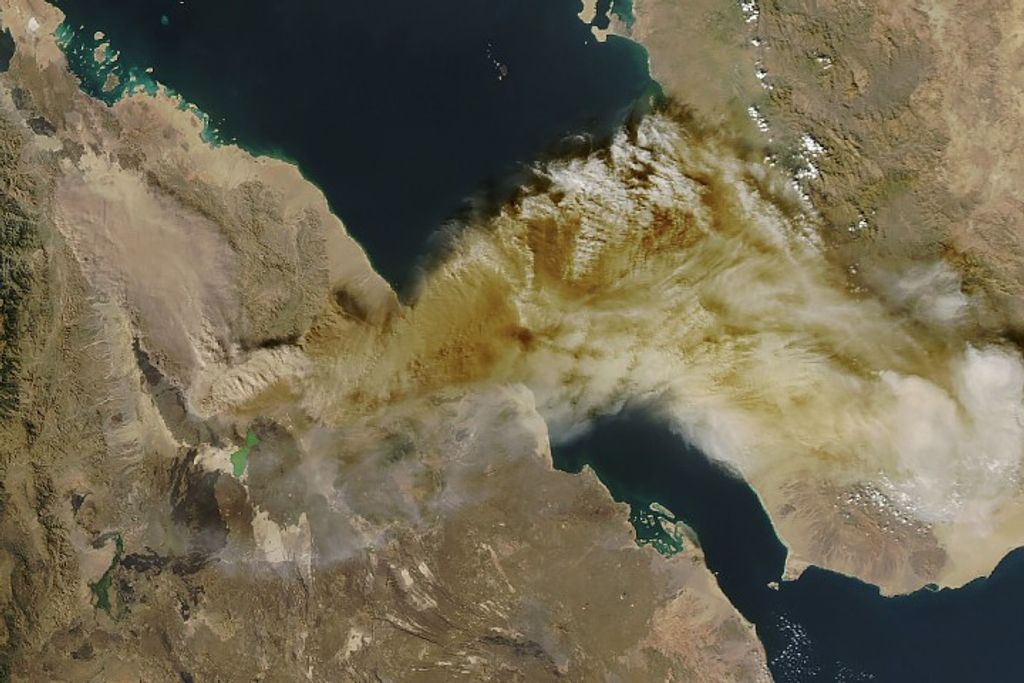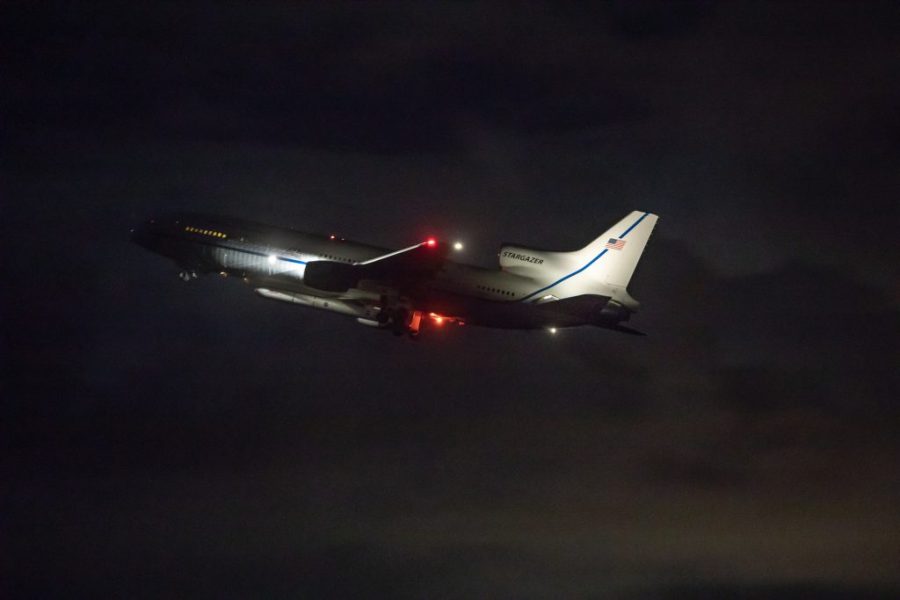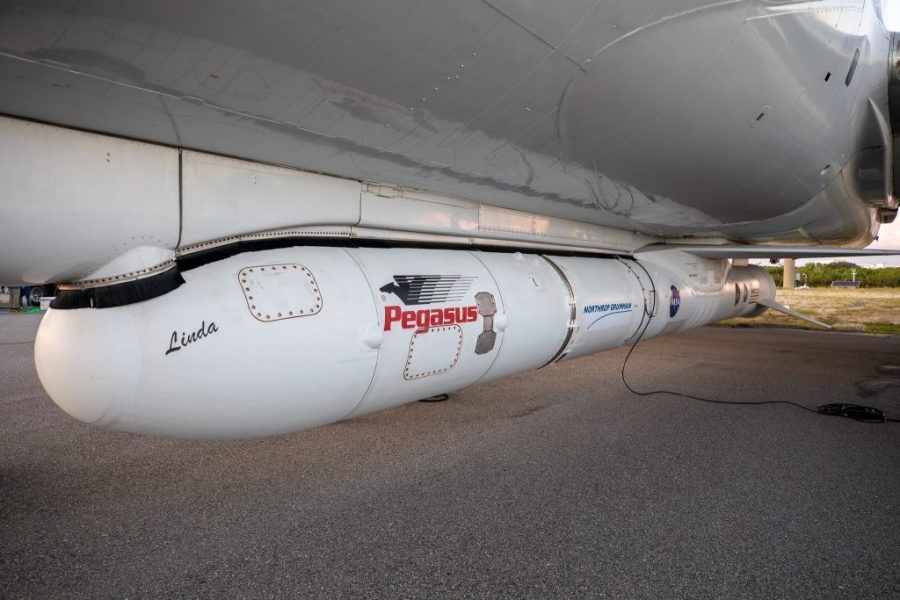After contributing to many important findings on the boundary between Earth’s atmosphere and space — an area where space weather can interfere with both satellites and communications signals — NASA’s ICON (Ionospheric Connection Explorer) mission has come to an end. The mission launched in October 2019 and completed its two-year mission objectives in December 2021, …





























